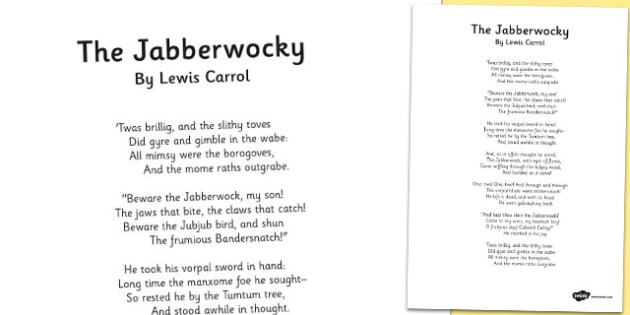

The Soundex coding system was developed to find a surname even though it may have been recorded under various spellings.
#Carroll coutnty drive ed code
Surnames that sound the same but are spelled differently, like SMITH and SMYTH, have the same code and are filed together. The Soundex is a coded surname (last name) index based on the way a surname sounds rather than how it is spelled. The Bureau of the Census created and filmed Soundex index cards for the entire 1920 census. The codes usually represent household composition, occupation and class of worker, or simply marks made in the coding, punching, or tabulating operations themselves and should be ignored. Clerks added these codes in red ink (which cannot be distinguished on the microfilm) after the census, to be punched into the cards used to tabulate the census results. The microfilm may also show code numbers or letters in some of the columns. The answers that appear on the microfilmed schedules depend upon what the enumerator recorded and what the people interviewed told the enumerator. Thus, the user should always check that page. Enumerators were also to ask if any family members were temporarily absent if so, these were to be listed either with the household or on the last schedule for the census subdivision. People with no regular residence, including "floaters" and members of transient railroad or construction camps, were enumerated as residents of the place where they were when the enumeration was taken. Individuals were enumerated as residents of the place in which they regularly slept, not where they worked or might be visiting. The race determination was based on the enumerator's impressions. People were known to change their ages between censuses, and some people claimed not to know their age.

Enumerators wrote down the information given to them they were not authorized to request proof of age, date of arrival, or other information. The instructions to the enumerators did not require that individuals spell out their names. If a person had been born in any other foreign country, only the name of the country was to be entered. The 1920 census included four new questions: one asking the year of naturalization and three about mother tongue.īecause of the changes in some boundaries following World War I, enumerators were instructed to report the province (state or region) or city of persons declaring they or their parents had been born in Austria-Hungary, Germany, Russia, or Turkey. The bureau modified the enumeration of inmates of institutions and dependent, defective, and delinquent classes.

Questions about the number of children born and how long a couple had been married were also omitted. The 1920 census, however, did not ask about unemployment on the day of the census, nor did it ask about service in the Union or Confederate army or navy. The format and information in the 1920 census schedules closely resemble that of the 1910 census. There was no separate Indian schedule for 1920. The states are arranged alphabetically however, Alaska, Guam and American Samoa, Hawaii, military and naval schedules, the Panama Canal, Puerto Rico, and the Virgin Islands (taken in 1917) are listed last. The 1920 census schedules are arranged by state or territory, and thereunder by county, and finally by enumeration district. The department argued that harvests would be completed and information about the harvests fresh in farmers' minds, and more people would be at home in January than in April. The Department of Agriculture had requested that the date be changed from the traditional spring/early summer dates to January. On January 2, 1920, at 9:00 a.m., the Bureau of the Census began taking the 14th decennial census of the United States. For information about fees and the ordering of these catalogs, please contact Publications Distribution (NECD), National Archives, Room G9, Seventh and Pennsylvania Avenue, NW, Washington, DC 20408 telephone 20 or toll-free 1-86.

Printed versions of these catalogs can also be ordered. This catalog supplements the Federal Population Censuses, 1790-1890, the 1900 Federal Population Census, and the 1910 Federal Population Census catalogs, which contain details for ordering copies of the population schedules for 1790-1910 and of the 1880-1910 Soundexes. The original film includes defects that affect the legibility of some frames the original schedules no longer exist. This microfilm has been reproduced by the National Archives and Records Administration from the highest quality master negatives available from the Bureau of the Census. This catalog lists the 1920 population schedules, reproduced as microfilm publication T625, and the 1920 Soundex indexes.


 0 kommentar(er)
0 kommentar(er)
